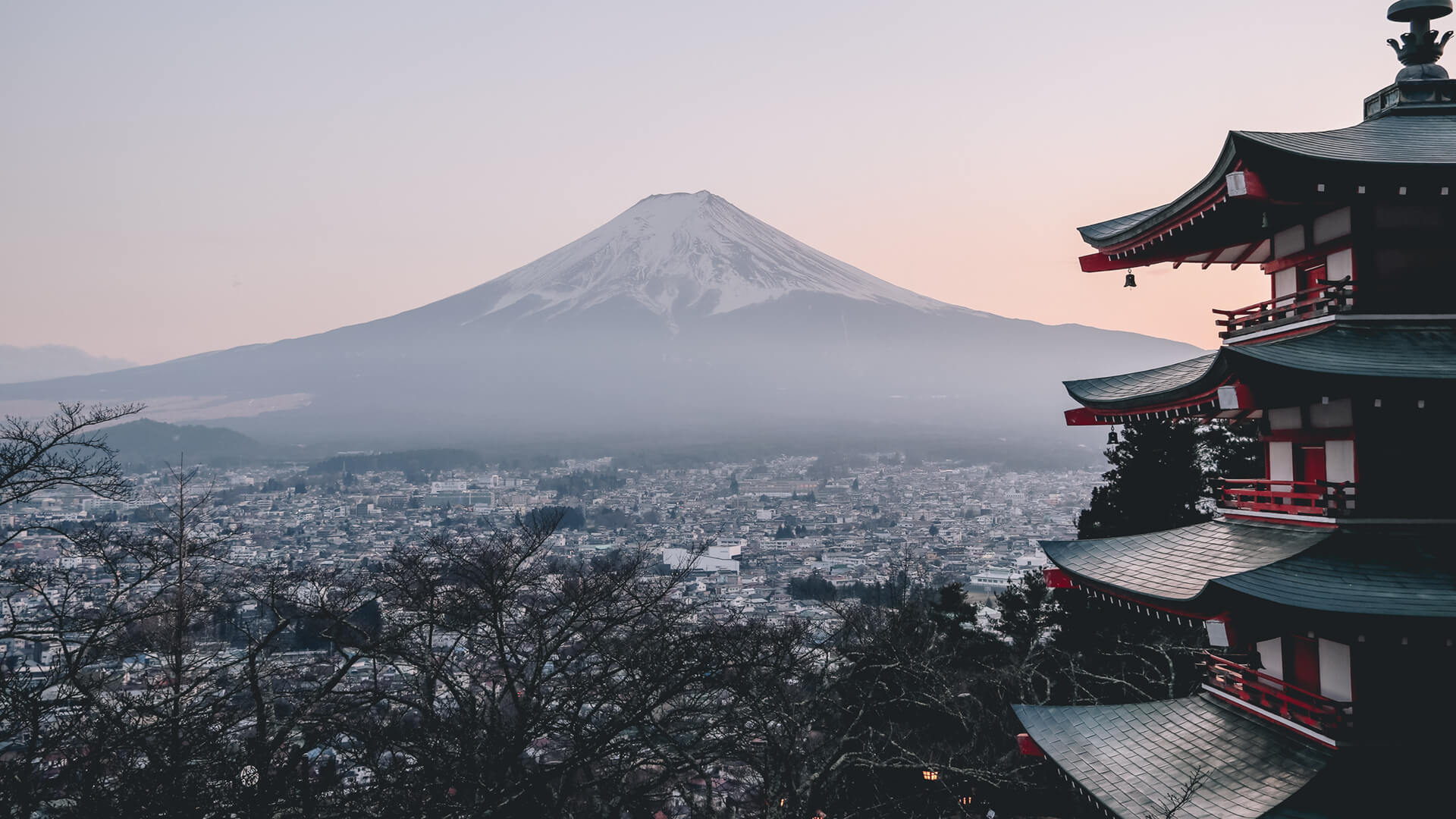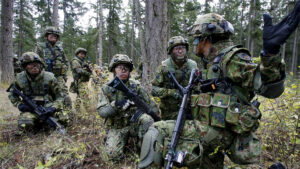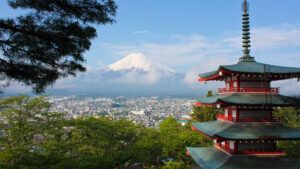Read the other installments in this series:
The CRF Files, Introduction
CRF Files, Part I: The Future of Korea
The Cutting Room Files, Part 2: The Future of Mexico
The Cutting Room Files, Part 3: The Future of Canada
The Cutting Room Files, Part 5: The Future of the United Kingdom
The Cutting Room Files, Part 6: The Future of China
The Cutting Room Files, Part 7: Europe
The Cutting Room Files, Part 8: American Politics
This piece is part of the Cutting Room Files, portions of the upcoming Disunited Nations text that were cut for length. Disunited Nations is available for pre-Order now onAmazon.com, Harper Collins, and IndieBound.
Japan is … odd.
Most countries have a very clear chunk of reasonably good land that serves as home to a specific ethnicity. That group forms a government to serve the needs of those people in that place, and then that government steadily expands its writ over more territory and peoples. The valleys Nile, Thames, Ganges and Argun for the Egyptians, English, Indians and Chechens; Muscovy for the Russians; the Beauce for French, the Zagros Mountains for Persians, the Tibetans on their namesake plateau, and so on.
Japan doesn’t really have something like that. The Japanese islands are so steep and arable land so hard to come by that even as late as early 1800s, well over a millennium after after of the emergence of the Japanese ethnicity, the Japanese still lacked a common government.
So…what made Japan matter?
First, isolation. In the imperial age Japan was beyond the back of beyond. Between its island nature and its position on the northeastern corner of the Afro-Eurasian continent system, no one simply happened by. Anyone who wanted to reach the Japanese really had to want to reach the Japanese. If the Japanese’s geography wasn’t as good at isolating them from the rest of the world as one another, they would have been conquered ages ago and never emerged as a people of consequence.
Second, industrialization. What Japan could not do with muscle and wood and arrows and horses and manure they could do with steam and gunpowder and rifles and electricity and chemical fertilizers. The industrial suite of technologies enabled the late-19th century Japanese to overcome their horrid internal geography and forge the truly unified economic and political space we know today as Japan.
But that was hardly the end of the story. More the beginning. Because aside from its people, Japan has nothing that enables industrialization. Steel foundries require high quality iron ore, and Japan has none. Power lines require copper ore or bauxite, and Japan has none. Electricity requires coal or uranium or natural gas, and Japan has none. (Japan’s solar and wind potential for greentech energy is similarly pathetic.) Name an industrial input. Japan doesn’t have it.
And so, the only way Japan could industrialize – the only way Japan could reliably unify – was to raise an empire that could funnel the various inputs of the modern world to the Home Islands. To exist in the modern age, Japan had no choice but to expand into empire.
The Japanese know this in their bones, and they know the converse is true as well. The Japanese fought so hard in World War II less out of nationalism or because their emperor ordered them to, and more because they knew failure would mean a return to mutually-warring Balkanized medievalism.
The modern Japanese also know something else in their bones. No matter how powerful they become, no matter how well they anticipate and administer and execute, no matter how potent their navy, they will never be able to challenge the United States. Attempting to do so pisses the Americans off, and that has consequences. Dire, horrific, searing consequences.
With their WWII defeat, the Japanese prepared themselves to vanish from history. Unity required industry required empire, and their attempts at empire had failed.

But the Americans had other ideas. They needed a worldful of allies to contain and beat back the Soviets, and with 1940s-China in the fourth decade of a particularly messy civil war, Beijing was off the menu. So, in Asia, that left Japan. And so, the Americans folded the Japanese into their new global Order.
That meant unrestricted access to the global commodity supply and the ravenous American market, all guaranteed by the American Navy that had just so completely wrecked Imperial Japan. Economically, it was as if the Japanese had won the war. The decades since have been the richest and most secure in Japanese history.
Fast forward to today.
The Americans are leaving. The Order is ending. The happy period of growth and development and security and expansion without needing to invade anyone is nearly over.
Managing the American departure, or even better yet, preventing it, is paramount. Ergo the Japanese Prime Minister was the first world leader to visit the new U.S. president after Trump’s election, and the second to visit after his inauguration. Abe did everything right. He brought his host a set of golden golf clubs. He lost to him (hideously) in 18 holes. Egos were stroked. Groveling was on the menu. Abe went home satisfied that he had bonded with the new guy and the bilateral relationship was firm.
And a few months later the Trump administration slapped steel and aluminum sanctions on the Japanese economy.
Like many leaders Abe had believed some version of a cake-and-eat-it-too deal was on the menu, and if he could forge a personal connection with the new American leader, then Japan could continue on as before. Abe was convinced the tariffs were a negotiating tactic, and that he just needed to hold out and let Trump’s deal-art run its course.
But a few months later, the United States had inked trade deals with the South Koreans, the Mexicans, and the Canadians. Four of Japan’s largest trading partners had already organized themselves into a post-Order system. The remaining really big one was a country the Japanese really didn’t want to be left with: China. So, Abe did the only thing he could do. He followed the example of the Koreans and Canadians and caved. On everything. U.S.-Japan trade talks wrapped up in September.
Awkwardness aside, this transition to a world of Disorder is a transition the Japanese can manage. In the aftermath of Japan’s 1990s financial collapse, the Japanese corporate world relocated much of their industrial capacity to serve markets far more dynamic than their own. Build and employ where you sell. This doesn’t simply put Japan on the safer side of every political, currency and supply chain risk question, it makes their hosts as interested in protecting Japanese investments as the Japanese themselves.
The strategy hasn’t simply worked, it has transformed the Japanese economy from one of the most dependent upon international interconnectivity to one of the least. Add in the world’s second most powerful blue-water navy, and Japan today is the most flexible and insulated country in their region.
There’s more on this topic to be unfurled and explored. A lot more. But unlike South Korea or Mexico or Canada – the countries covered so far in the Cutting Room Files – Japan is a country exceedingly well set up not simply survive in a world without America, but to dominate its neighborhood. What’s above is a light trim from one core chapters of Disunited Nations. Which means that if you want to truly understand Japan’s future, you’re going to have to wait a bit.









